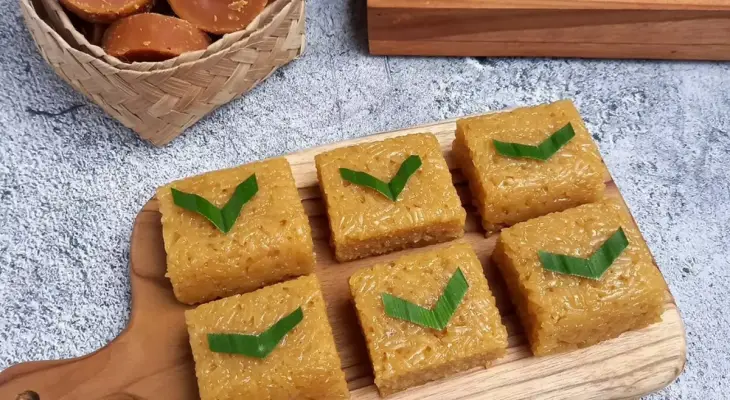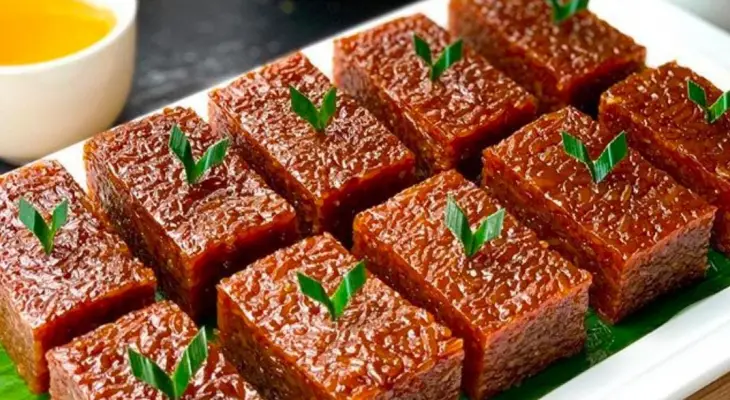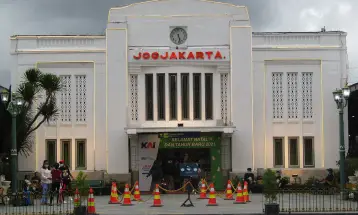The Origin of Wajik And How To Make It

Holiday Ayo - Wajik is a food/cake made from a mixture of sticky rice, Javanese sugar/sand mixed with grated coconut/coconut milk then cut into rectangles/squares. The origin of the word/name diamond itself is usually associated with diamond cards, because perhaps its shape is like a diamond (square).
 source: Sumeks.co
source: Sumeks.co
Wajik itself turns out to be included in the Majapahit era food/snack category. This is written in the Nawaruci book; The Book of Nawaruci is a literary work in Central Javanese, a language that emerged during the glory days of Majapahit. The Book of Nawaruci or Sang Hyang Tattawajnana was written between 1500-1619 AD by Empu Siwamurti.
The Nawaruci Book is a work of religious literature influenced by Hindu mystical teachings. The birth of the Nawaruci Book coincided with the spread and development of Islam among Javanese society.
Diamond cake has a sweet taste. This sweet taste is often added with other aromas such as pandan and vanilla flavors, while some of these foods have original flavors, namely brown sugar and durian flavors. Diamond cake has a texture like uncooked rice but when eaten it feels soft and easy to bite.
Maybe it's familiar to us, hearing the word wajik, especially in Central Java, wajik can be obtained/purchased in traditional markets, for me myself I got it at the Legi Parakan market on the 2nd floor, precisely next to the flower seller/broiler chicken seller in there, or if you are a bit confused there is only 1 diamond cake seller there, I kind of forgot the name, but there is writing, people usually call a bakul/seller "juadah market".
 source: Good News From Indonesia
source: Good News From Indonesia
If you have difficulty, diamonds/jenang are usually sold at/at places where the aulia's graves are, there are usually various kinds of different variations of diamonds or jenang for sale, now there are people who have innovated diamonds with various flavors, because that's why it's quite easy to get it now.
Apart from that, in our own society, if we look at almost every traditional event/ceremony it seems that it is mandatory for them to serve/serve this food, in villages many serve this food, for example at weddings, miwiti, momongi, nyadran. and so forth. Ordinary people believe it is an obligation for certain occasions, therefore it is easy for us / perhaps familiar to us to be able to enjoy / get this food.








Leave a comment